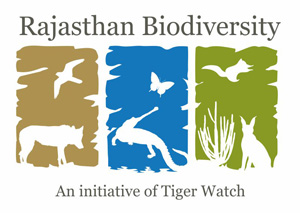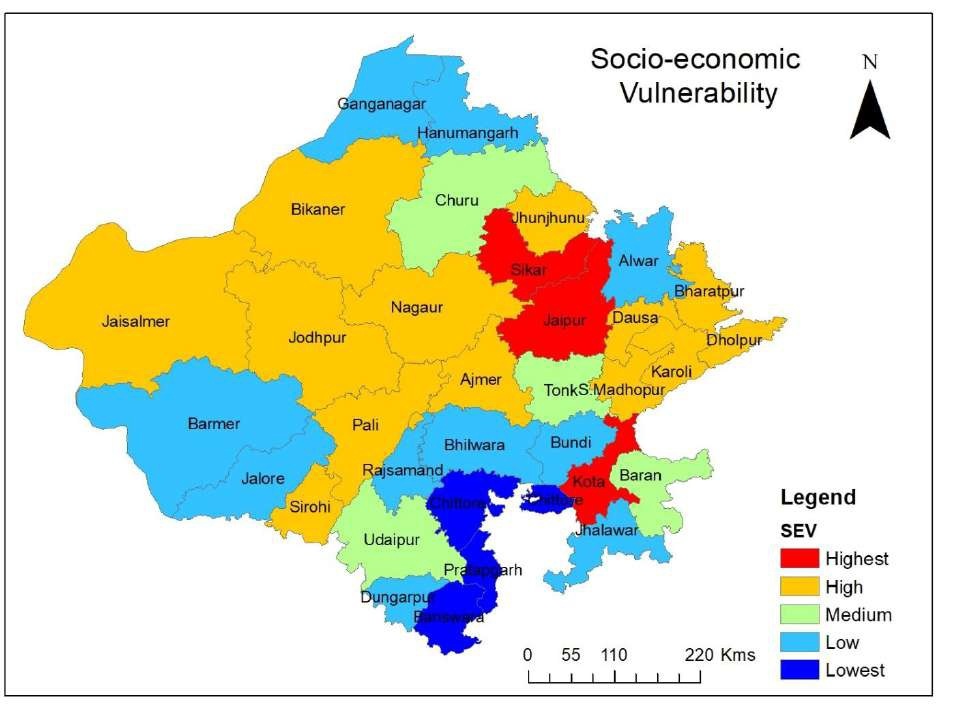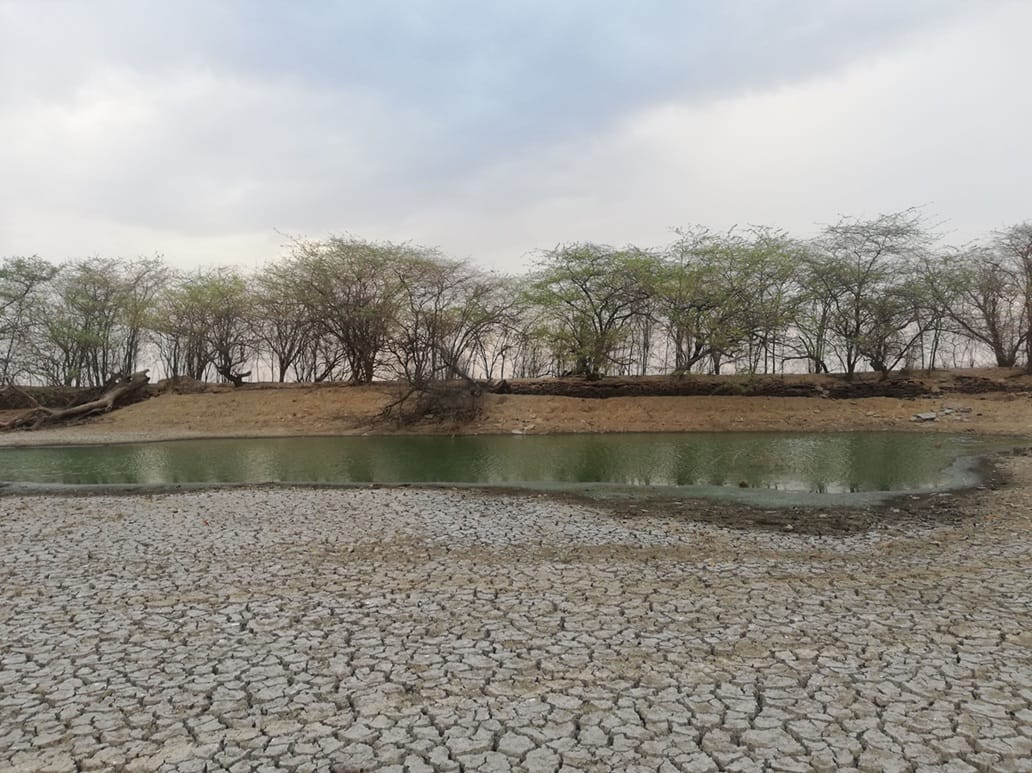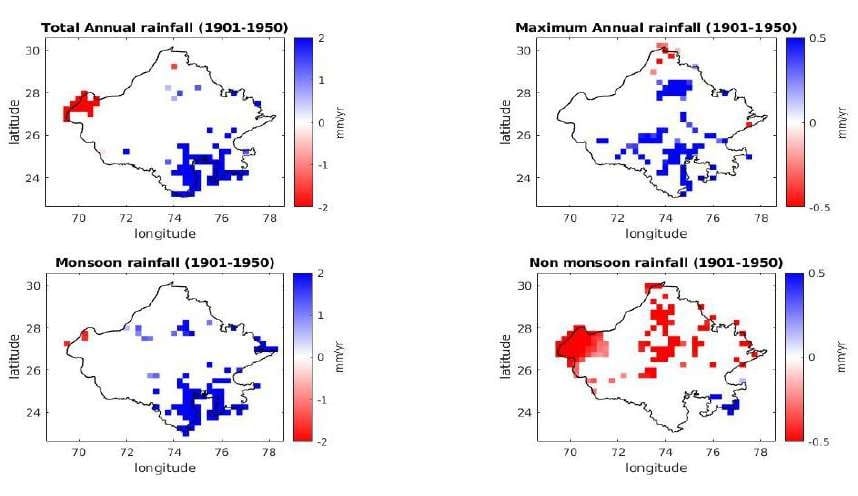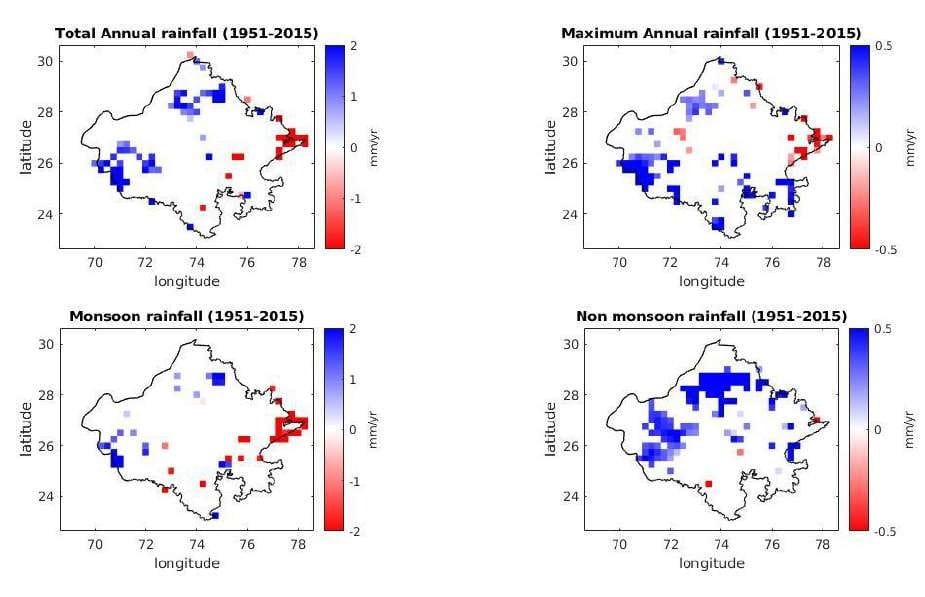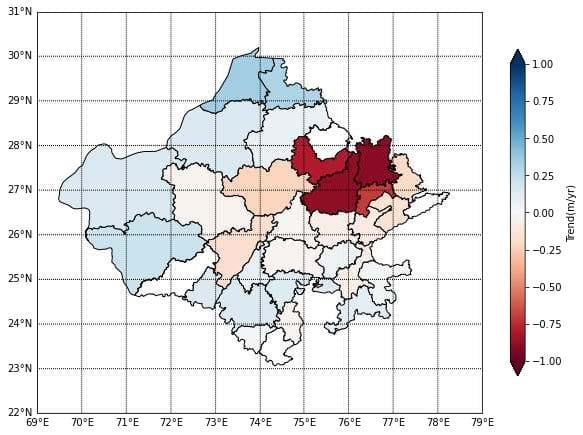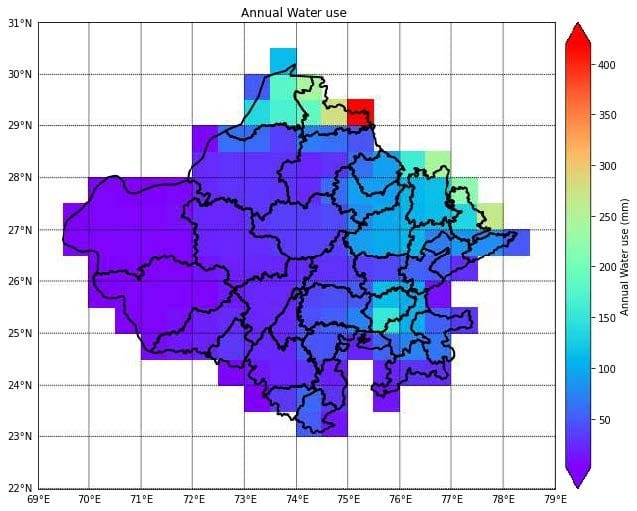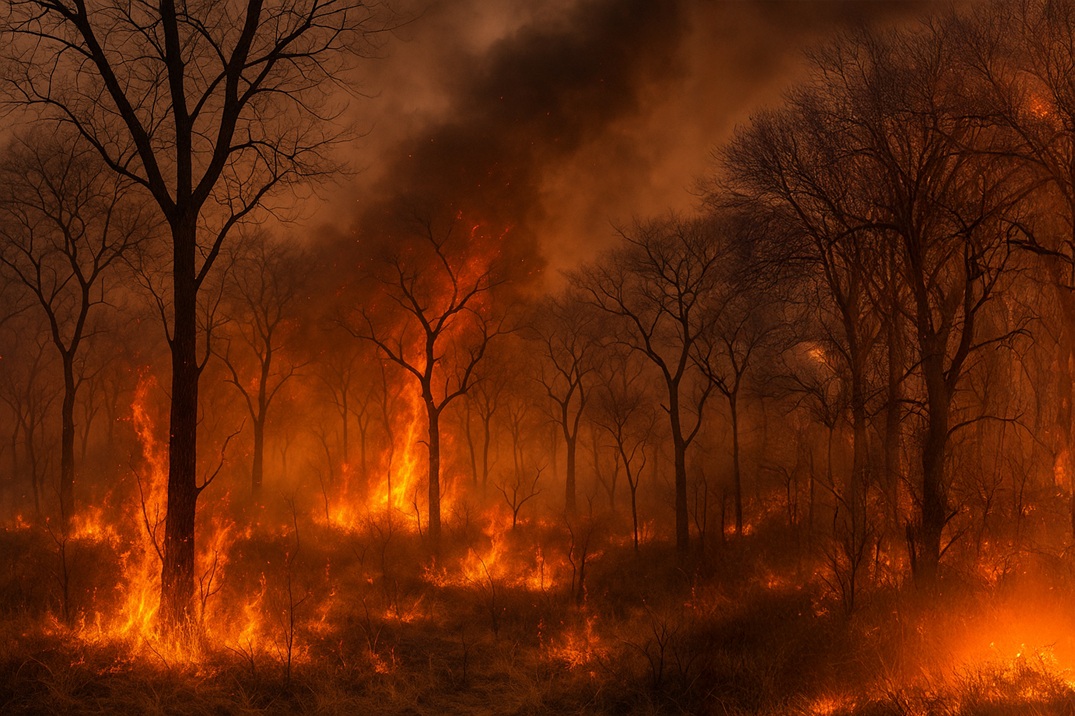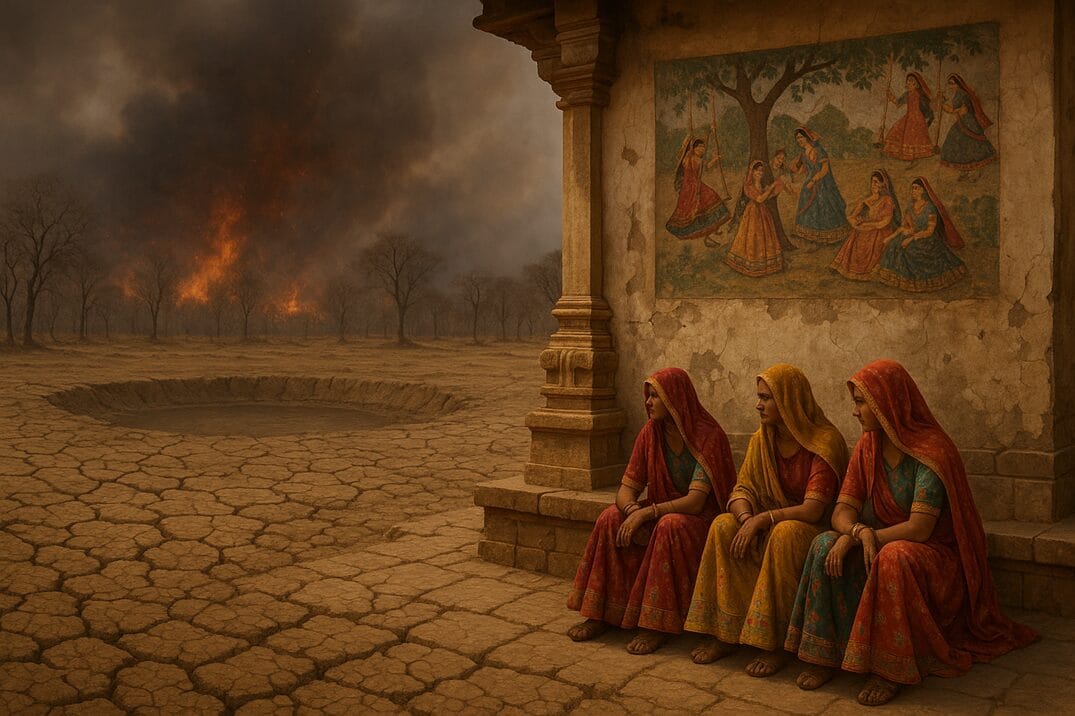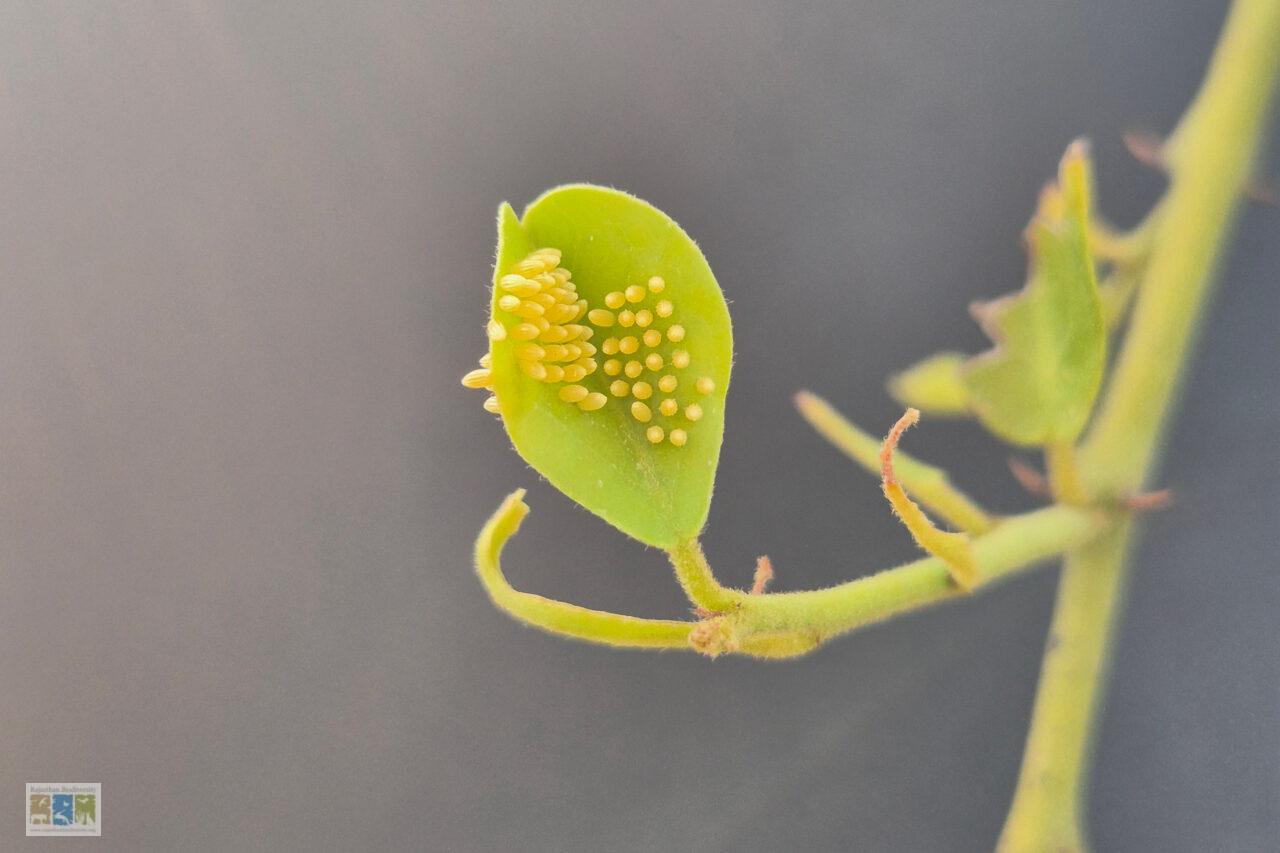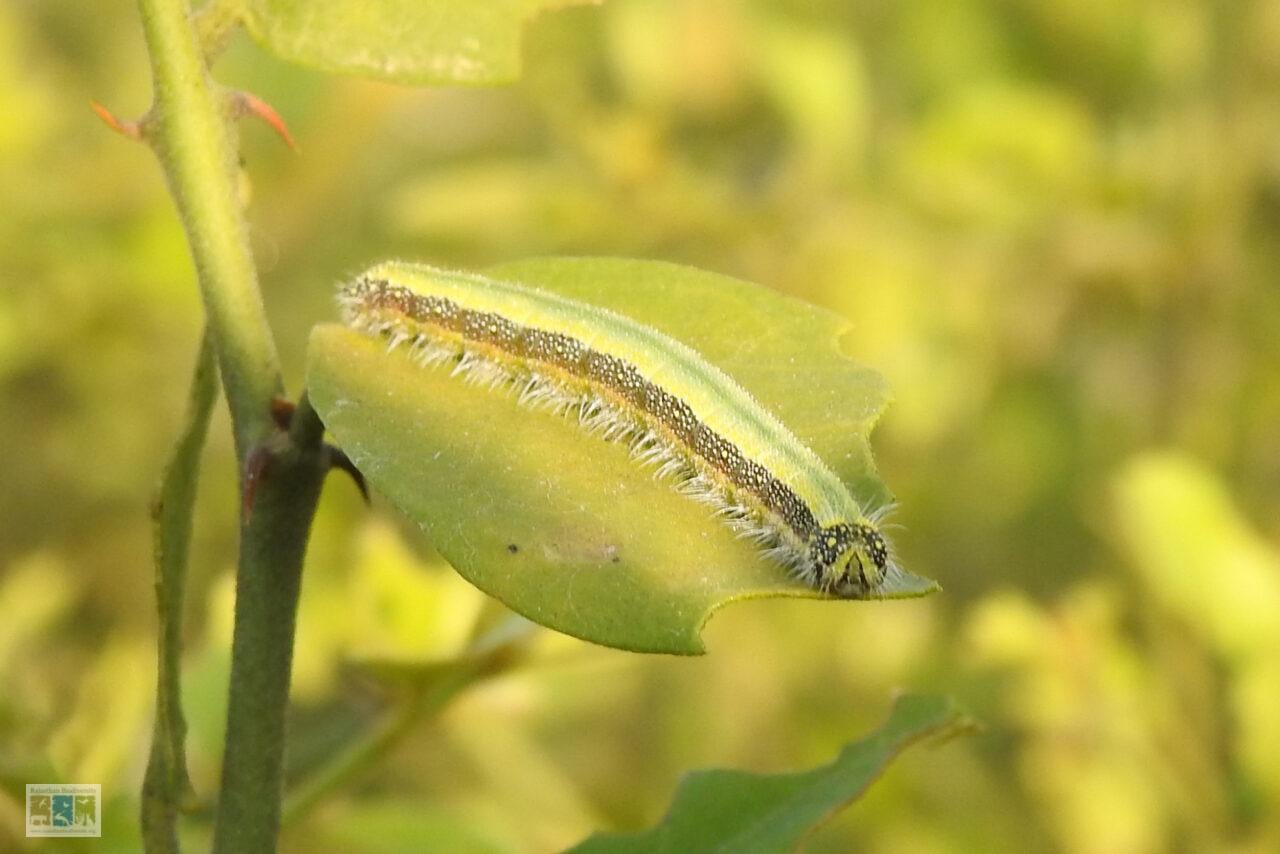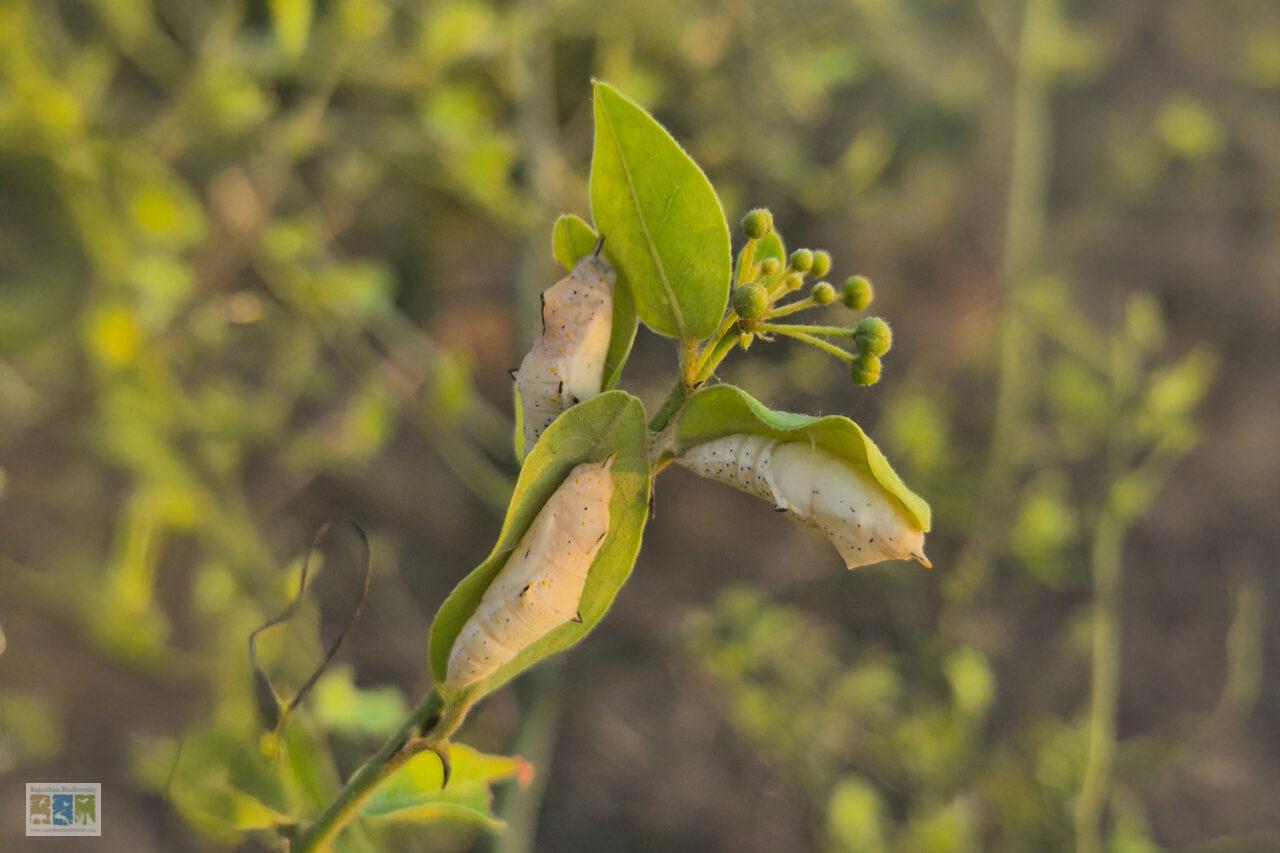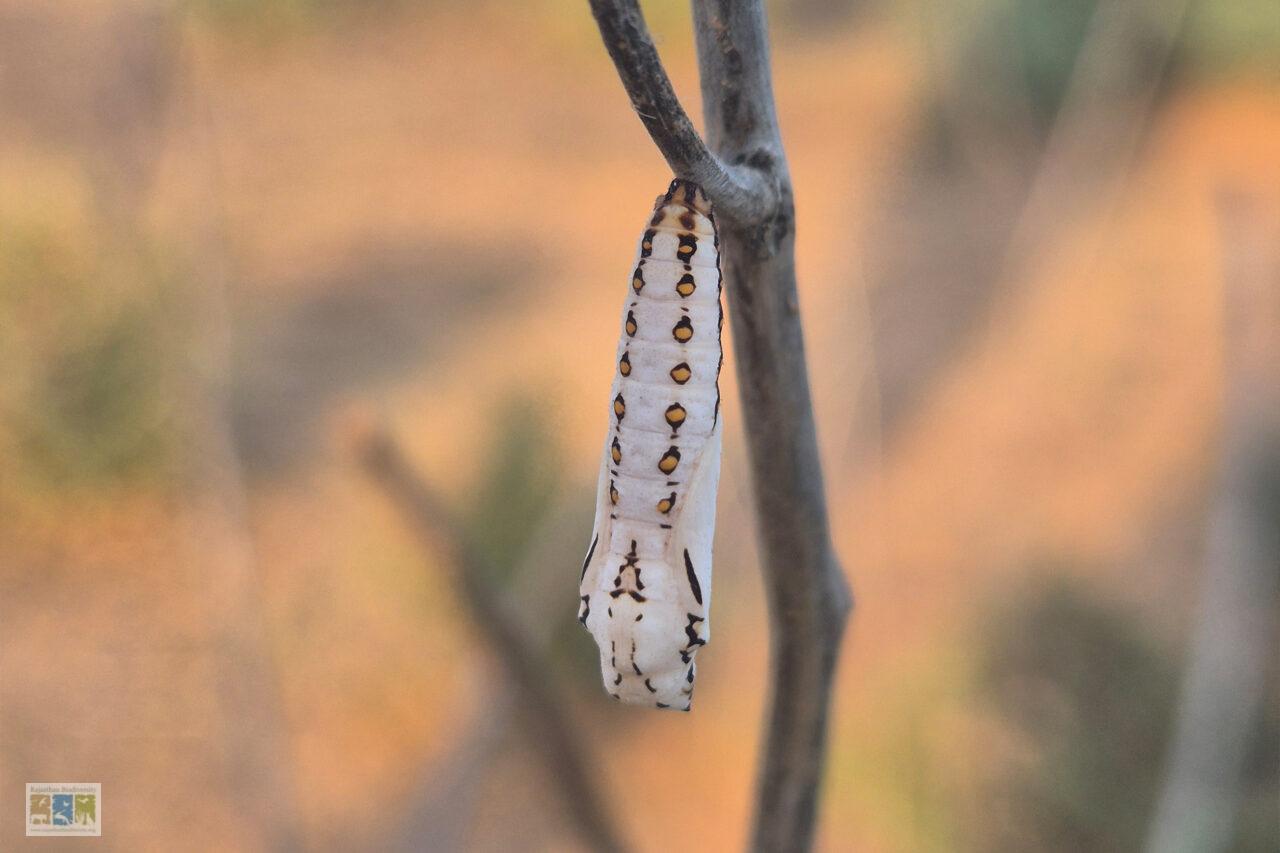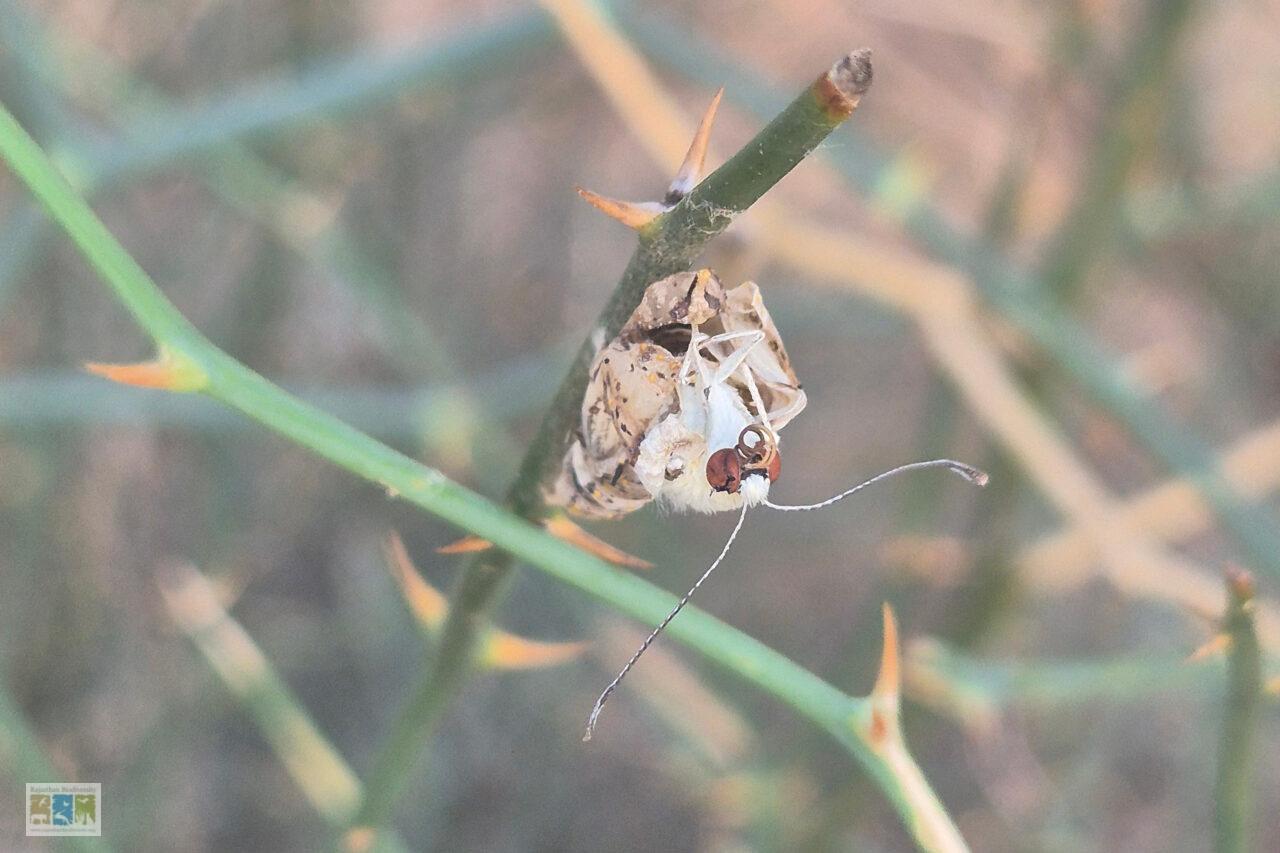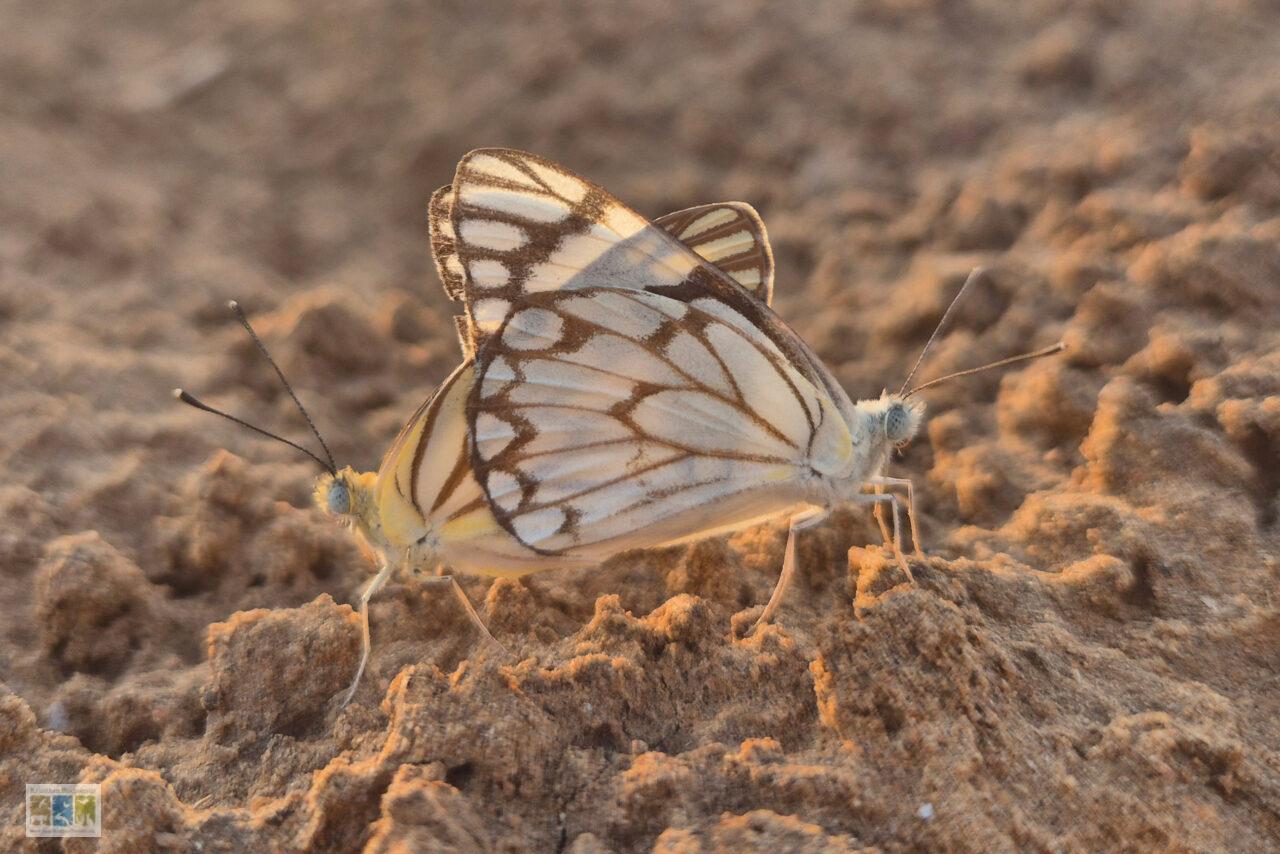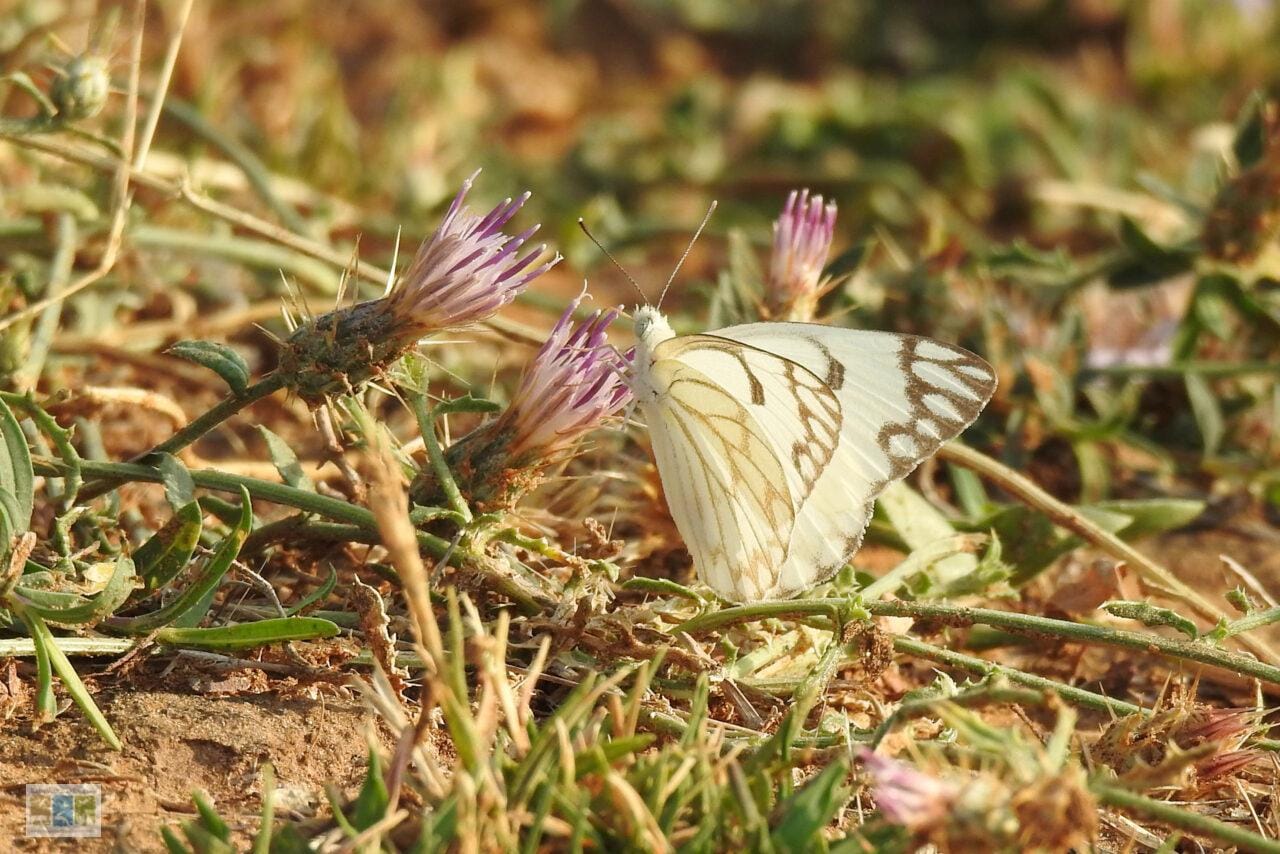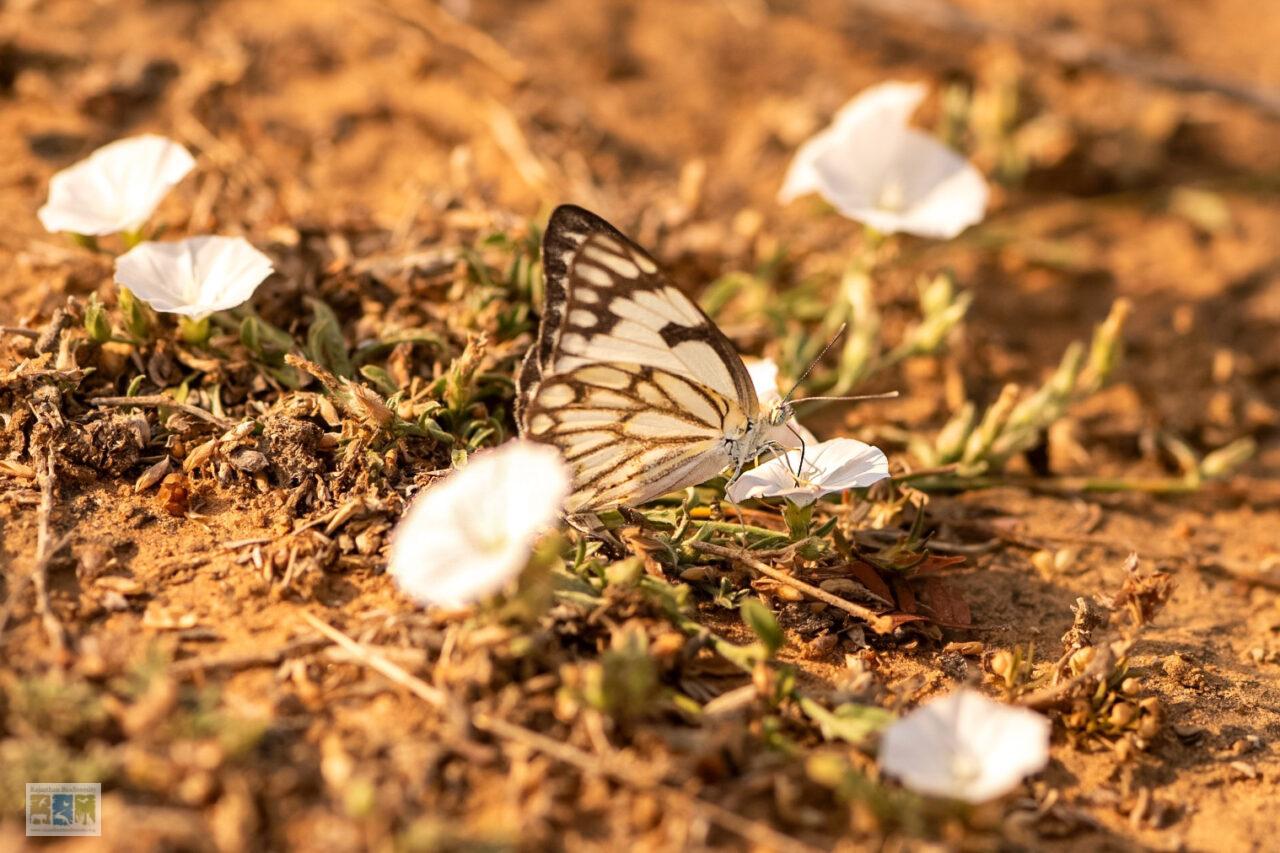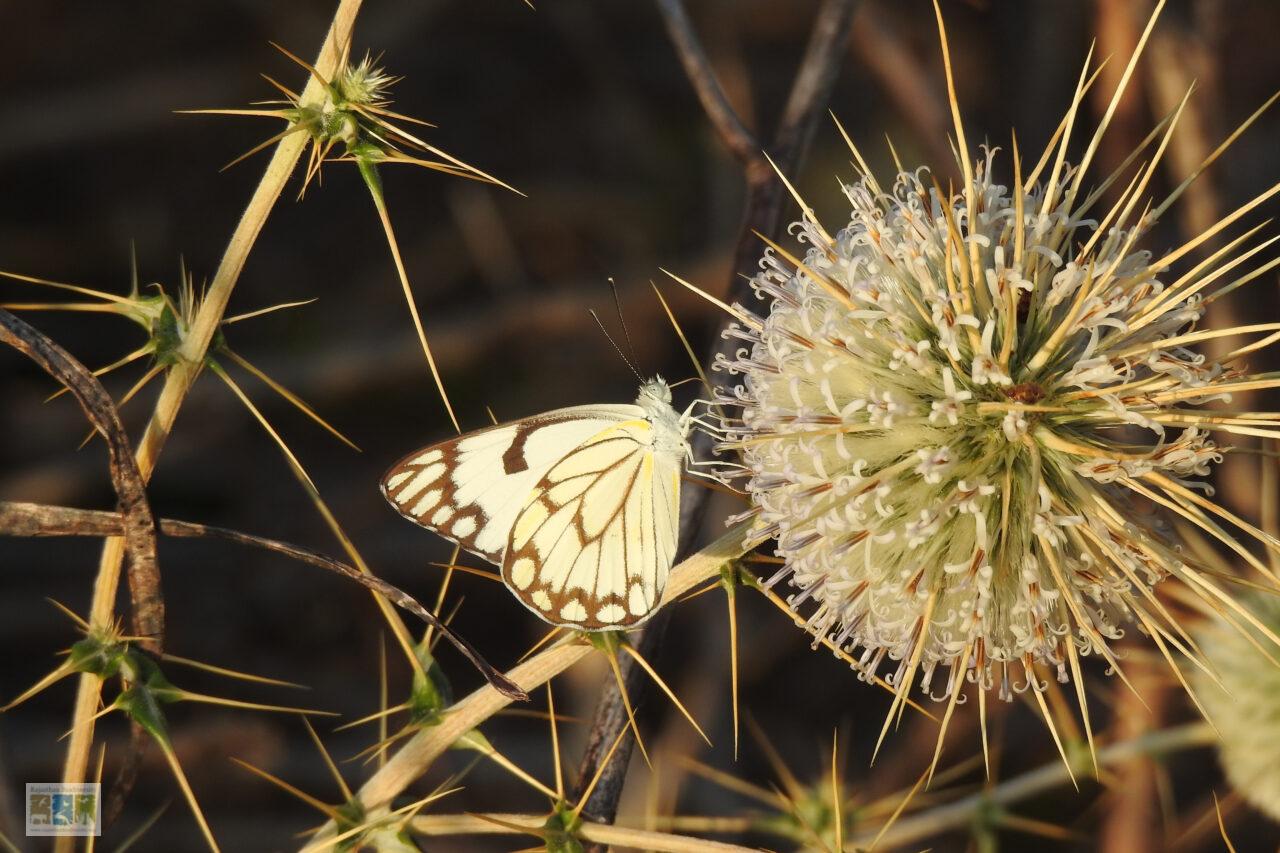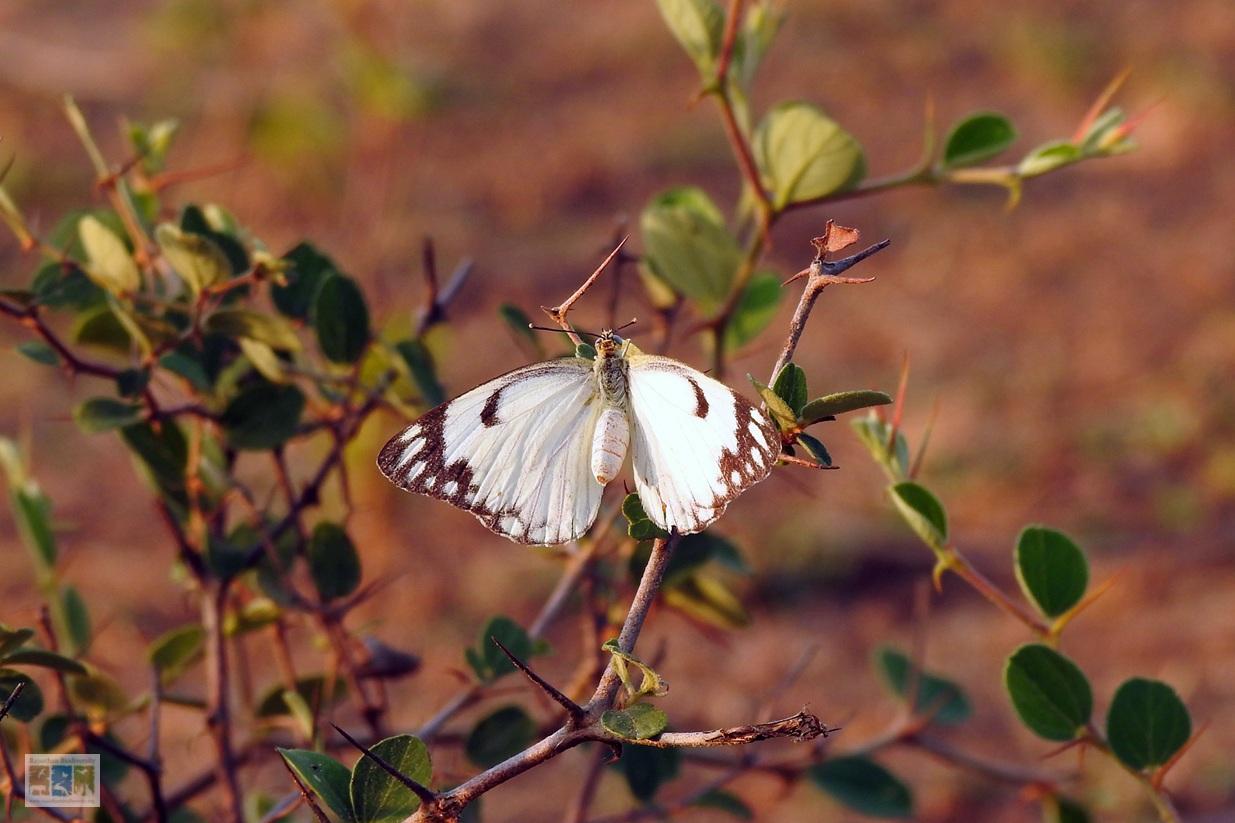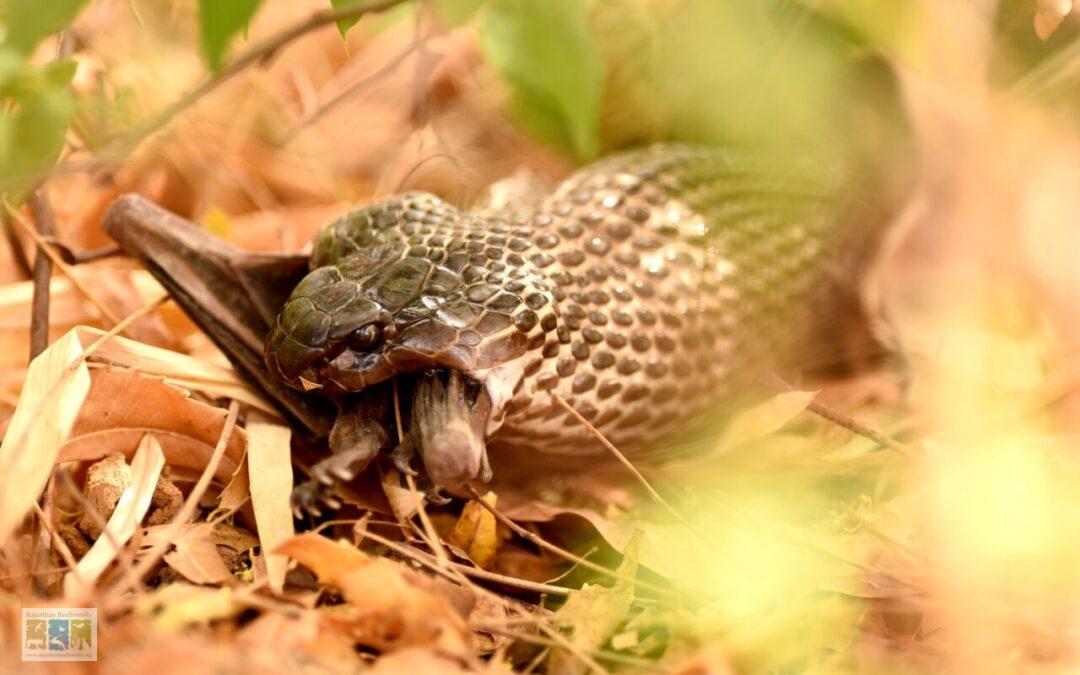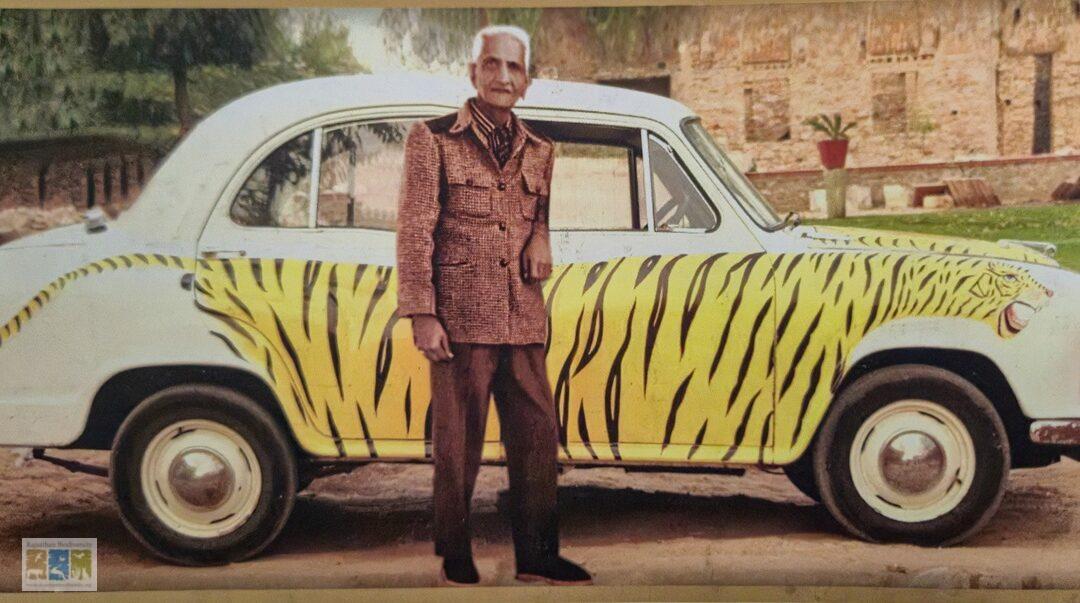
Book Review: Col. Kesari Singh Kanota – The “Tiger”
A Majestic Chronicle of Wilderness, Valor, and Heritage
Col. Kesari Singh Kanota – The Tiger is not merely a memoir—it is a vivid tapestry of Rajasthan’s royal legacy, its wilderness past, and the life of one of India’s most fascinating soldier-naturalists, Col. Kesari Singh Kanota. This book stands as both a personal history and a cultural document that bridges the past grandeur of princely India with the evolving spirit of conservation.
Authorship and Publishing
Compiled by: Thakur Raghunath Singh Kanota, the author’s son and an eloquent narrator in his own right.
Assistance by: Harsh Vardhan, and Ravi Singh (WWF India), among others.
Publisher: Sushil Kumari, Narain Niwas, Jaipur
Design & Production: It’s A Design Studio, Jaipur
Published: May 2025
ISBN: 978-93-6045-900-0
Price: ₹399

Who Was Col. Kesari Singh Kanota?
Col. Kesari Singh (1892–1980), known affectionately as “Tiger Kesri,” was a scion of the Kanota royal family in Jaipur and a man of many avatars: a soldier, a poet, a wildlife expert, and an administrator par excellence. Educated at Mayo College, Ajmer, he served in senior positions in Kashmir, Gwalior, and Jaipur States—handling forests, public works, and police.
But beyond his bureaucratic distinction, he was most revered for his deep connection with nature and wildlife. A man who not only hunted in the age of shikars but later became an ardent advocate of conservation, writing six books on wildlife and ecosystems.
Highlights from the Book
Tales of the Tiger
From the slopes of Kashmir to the forests of Gwalior and the rugged terrain of Ranthambhore, Col. Kesari Singh’s encounters with tigers and other wild beasts are narrated with poetic flair, scientific precision, and heartfelt reverence. He hosted Queen Elizabeth and the Duke of Edinburgh on tiger safaris, and wrote passionately about animal behavior, including that of sloth bears, panthers, and even rare Himalayan species.
Heritage and Legacy
The book is also a story of place. From his ancestral Kanota haveli to the self-designed Kesar Garh Castle (built without an architect, inspired by wild nests), Col. Kesari’s life is as much about conserving culture as it is about conserving forests.
History through Personal Lens
The narrative threads together familial anecdotes, letters, and diaries. With deep links to General Amar Singh (his brother), Sir Pratap Singh of Marwar, and Maharaja Sawai Man Singh II of Jaipur, it offers insider perspectives on princely India’s transition into the modern republic.
Conservation Before It Was Cool
Decades before “Project Tiger” became policy in 1973, Col. Kesari Singh was warning of declining wildlife. His writings on forest restoration, habitat degradation, and biodiversity loss are eerily prophetic.
Writing Style & Content
The book is laced with elegant, often witty prose. His reflections—on the ethics of hunting, beauty of the wilderness, or structure of rifles—are seasoned with old-world charm yet brimming with ecological foresight. The chapters such as Hints on Tiger Shooting, Wildlife Laws, and Vocabulary and Animal Behavior make this part memoir, part wildlife manual.
Why It Matters – For Rajasthan, For India
This book is a must-read for anyone passionate about biodiversity, history, and cultural landscapes. For the Rajasthan Biodiversity Network audience, The Tiger is both a tribute and a toolkit—a rare document that fuses Rajput gallantry with ecological sensitivity.
Col. Kesari Singh’s life reminds us that conservation is not just a modern concept—it is rooted in our soil, our stories, and our responsibilities.
